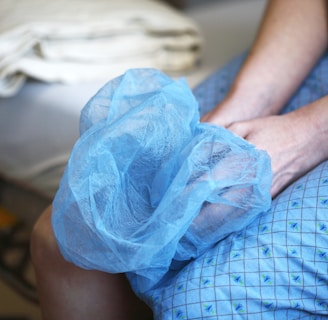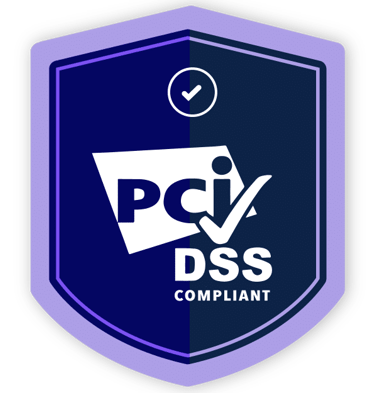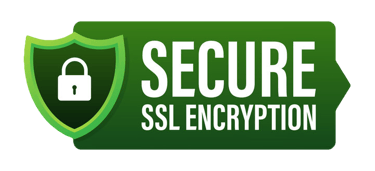Fall Risk Assessments in Home Health: Best Practices
This article outlines the importance of fall risk assessments in home health, key components of effective assessment practices, and how agencies can stay compliant while enhancing outcomes.


Falls are one of the leading causes of injury among older adults and a major concern for Home Health Agencies (HHAs). Accurate and consistent fall risk assessments are essential not only for improving patient safety, but also for meeting regulatory expectations and quality performance standards under the Medicare Conditions of Participation (CoPs).
This article outlines the importance of fall risk assessments in home health, key components of effective assessment practices, and how agencies can stay compliant while enhancing outcomes.
Why Fall Risk Assessment Matters
Falls can result in fractures, hospitalizations, loss of independence, and increased healthcare costs. In the home health setting, identifying patients at risk for falls allows for proactive interventions and care planning. It also aligns with national quality improvement goals and directly affects performance metrics under the Home Health Value-Based Purchasing (HHVBP) model.
Regulatory Alignment: Medicare Conditions of Participation
Medicare-certified HHAs are required to conduct thorough assessments, including screening for fall risk. Several sections of the CoPs relate to this:
§484.55 (Comprehensive Assessment of Patients): Agencies must assess the patient's functional limitations and risk for falls during the Start of Care (SOC) and update it as conditions change.
§484.60 (Care Planning, Coordination, and Delivery): The individualized plan of care must reflect the patient’s fall risk and include interventions based on assessment findings.
§484.65 (Quality Assessment and Performance Improvement): Agencies must monitor fall-related data and incorporate findings into their QAPI program.
Best Practices for Fall Risk Assessments
1. Use a Validated Fall Risk Tool
Select a fall risk screening tool that is evidence-based and easy to use during home visits. Common tools include:
Timed Up and Go (TUG) Test
Berg Balance Scale
Morse Fall Scale
Johns Hopkins Fall Risk Assessment Tool
Ensure consistency across clinicians and document the chosen tool in your policies.
2. Conduct Assessments at Key Time Points
Start of Care (SOC) and Resumption of Care (ROC)
After any fall event or change in condition
During routine recertification assessments (every 60 days)
3. Address Both Intrinsic and Extrinsic Risk Factors
Assess patients for:
Intrinsic risks: weakness, balance issues, medication side effects, vision problems
Extrinsic risks: rugs, poor lighting, stairs, clutter, lack of grab bars
Include caregiver insights and patient feedback when assessing environmental risks.
4. Include Fall Risk in the Plan of Care
If a patient is found to be at risk:
Clearly document it in the plan of care
Develop interventions such as physical therapy, home safety evaluations, assistive device education, and medication review
Communicate risks to all involved disciplines
5. Educate Patients and Caregivers
Provide easy-to-understand materials about fall prevention. Focus on:
How to safely move around the home
Proper footwear and use of mobility aids
The importance of hydration and regular exercise
Reinforce education at each visit and during interdisciplinary team meetings.
6. Monitor and Track Outcomes Through QAPI
Include fall-related incidents, near-misses, and trends in your Quality Assurance and Performance Improvement (QAPI) program:
Monitor frequency of falls
Evaluate effectiveness of interventions
Adjust policies based on trends and root cause analysis
Use data to drive Performance Improvement Projects (PIPs), such as reducing falls in newly admitted patients or among patients with cognitive impairment.
Common Documentation Pitfalls
Failing to document the use of a standardized tool
Omitting environmental risk factors
Inconsistent follow-up or reassessment after a fall
No clear connection between assessment findings and interventions in the plan of care
Train staff regularly on proper documentation and auditing to catch these issues before survey.
Survey Readiness Tips
Surveyors often review:
Completed fall risk assessments at SOC and follow-up points
Policies and procedures related to fall prevention
QAPI records showing fall-related improvement efforts
Evidence that fall risks are communicated across the care team
HealthBridge: Your Partner in Patient Safety and Compliance
At HealthBridge, we specialize in helping Home Health Agencies meet regulatory standards, improve patient outcomes, and maintain high performance through practical, scalable solutions. Our team of consultants can:
Review and update your fall prevention protocols
Train staff on assessment best practices and documentation
Integrate fall risk management into your QAPI and care coordination systems
Contact HealthBridge today to strengthen your fall risk program and elevate your agency’s quality of care and compliance readiness.





